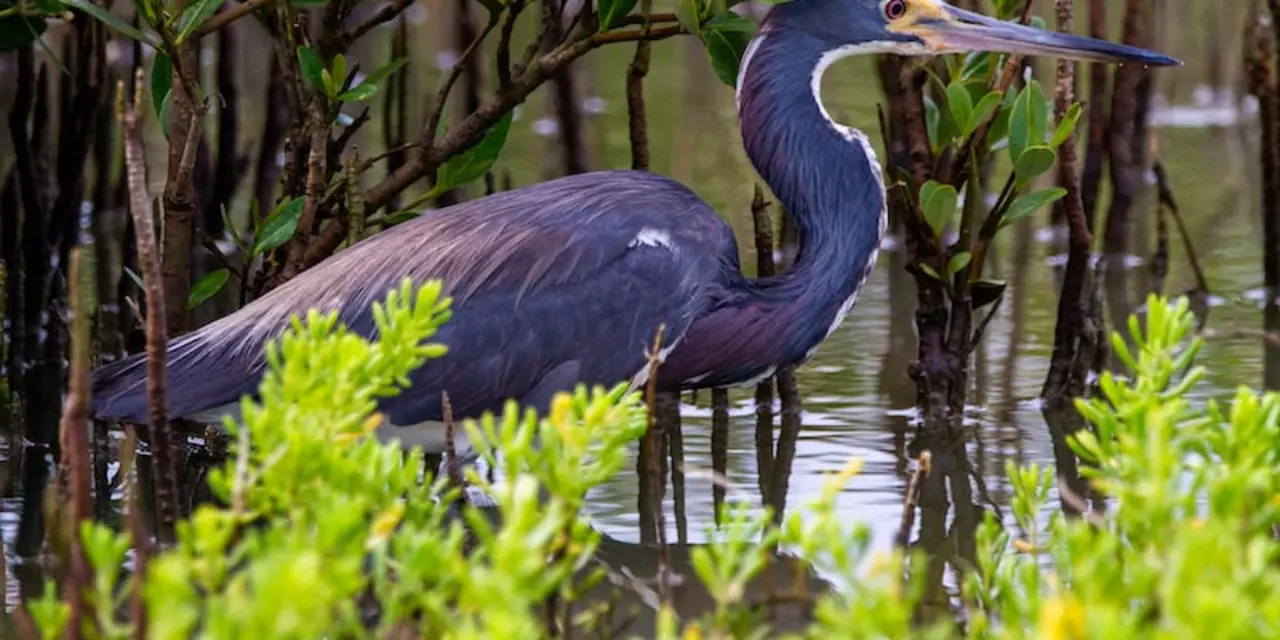Native American: Culture, History & Today’s Stories
If you’ve ever wondered what makes Native American societies unique, you’ve come to the right place. This page gives you a quick look at the rich traditions, the long‑standing history, and the challenges Indigenous peoples face today. Think of it as a fast‑track guide that helps you understand and appreciate the diversity of Native American communities across the continent.
Roots That Run Deep
Native American history stretches back thousands of years, long before any European set foot here. Tribes like the Cherokee, Lakota, Navajo and many others built complex societies with their own languages, art, and governance. From ancient cliff dwellings to sophisticated trade networks, their achievements show a deep connection to the land. Knowing these basics helps you see why many traditions are still alive after centuries of change.
Living Traditions and Modern Life
Culture isn’t just old stories; it’s alive in music, dance, food and daily rituals. Pow‑wows, for example, bring together drums, colorful regalia and community spirit. Foods such as frybread, wild rice and three‑sister dishes (corn, beans, squash) reflect a diet shaped by the environment. Today, many Native Americans blend these traditions with modern careers, tech, and activism, proving that heritage adapts while staying strong.
Current issues matter a lot. Land rights, water protection, and preserving native languages are front‑line battles. Legal fights over pipelines or sacred sites often make headlines, showing how Indigenous voices push for respect and sustainability. Health disparities and education gaps also need attention, and numerous organizations work to close those gaps.
If you want to learn more, there are plenty of resources. Museums, online archives, and tribal websites offer videos, articles and virtual tours. Podcasts like “Native America” give you interviews straight from community leaders. Reading books written by Indigenous authors—such as Sherman Alexie or Louise Erdrich—gives you authentic perspectives you won’t find in generic textbooks.
Supporting Native American communities is easier than you think. Buying crafts directly from tribal artisans ensures fair pay and helps keep cultural skills alive. Volunteering with local cultural centers or donating to nonprofits that focus on education and health can make a real difference. Even a simple act like learning a few words in a native language shows respect.
Bottom line: Native American cultures are vibrant, resilient and full of stories that matter to all of us. By staying curious, listening to authentic voices, and taking small actions, you help keep these traditions thriving for generations to come.

Is India a Native American name?
India is not an indigenous American name. The word India was derived from the Latin name for the Indus River, which flows through the country of modern-day Pakistan. This name was given to the country by the British when they colonized it in the 19th century. The native people of India have many different names for their country, such as Bharat, Hindustan and the Sanskrit-based terms Aryavarta and Bharatvarsha.